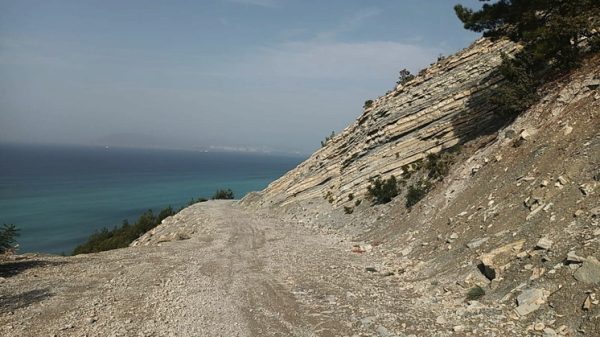Elements found on first planet from the sun
Scientists may have evidence of aliens after a “groundbreaking” study. They suggested that there could be life on Mercury, but this would require a change in the approach to research, and the forms that a living organism could take on this planet would boggle the mind.

Mercury appears to be one of the least likely planets to support life in the solar system. The first planet, where the highest temperatures and the absence of an atmosphere, could hold the elements necessary for life, reports the Spanish publication AS.
Scientists have reconsidered this possibility thanks to the discovery of salt glaciers that resemble their icy counterparts on Earth. Previous studies have shown that Mercury's surface contains volatile substances, elements such as sulfur, chlorine and potassium, which may help create conditions for life.
The researchers' initial thought suggested that the various mixed layers and materials were formed by the impact of a massive asteroid that created Caloris Crater, but later studies instead determined that subsequent impacts revealed similar materials and evidence that they may have existed independently of the asteroid.
“This groundbreaking discovery of Mercury's glaciers expands our understanding of the environmental parameters that could support life, adding a vital dimension to our astrobiology research that also relates to the potential habitability of Mercury-like exoplanets,” says Planetary Science Institute scientist Alexis Rodriguez . He also noted that this kind of discovery complements other recent research showing that Pluto has nitrogen glaciers, implying that the glaciation phenomenon is spreading from the hottest to the coldest edges of our solar system.»
Researchers involved The study argues that salt glaciers may have formed from layers rich in volatiles and sat on top of vast reserves of these elements.
“Specific salt compounds on Earth create habitable niches even in the harshest environments where they occur, such as the arid Atacama Desert in Chile,” explains Rodriguez. “This line of thinking leads us to wonder about the possibility of subsurface regions on Mercury that could be more hospitable than its harsh surface.»
Another scientist, Brian Travis, emphasizes that the study models confirm that the salt flow likely gave birth to the glaciers and that after their formation they retained volatiles of more than 1 billion years.»
Researcher Deborah Domingue added that the glaciers are marked by complex depression configurations that likely formed as a result of the persistence of a volatile-rich composition.
«The solution suggests that depression clusters within impact craters may arise from impact zones caused by impacts, thereby clarifying a connection that has long puzzled planetary scientists,” Domingue said.






















































Свежие комментарии